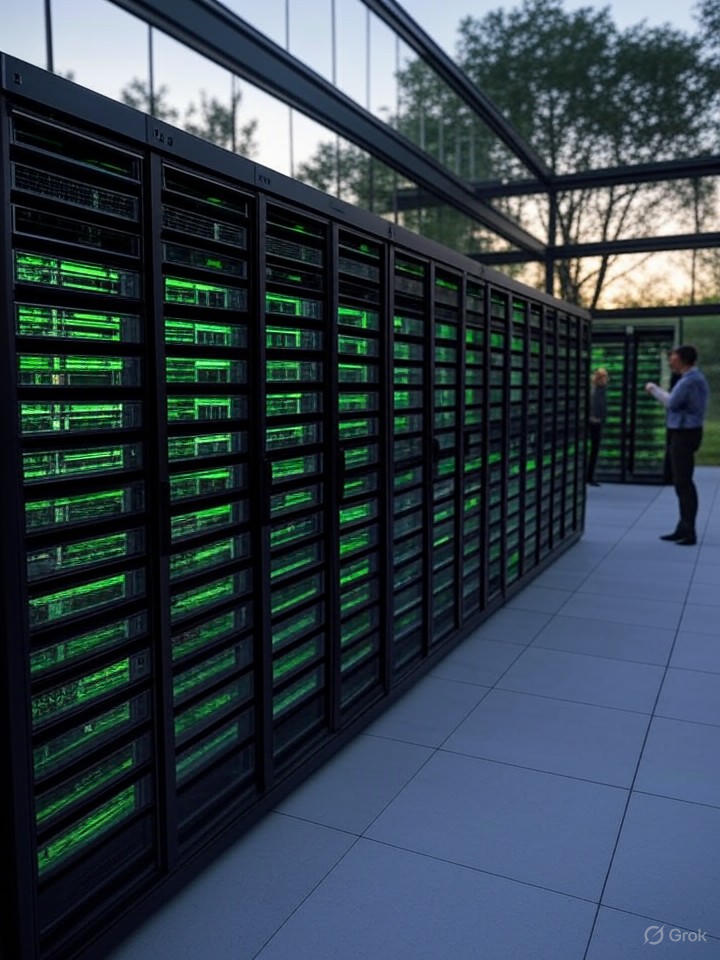In the fast-evolving world of software development, where speed and efficiency once reigned supreme, a new imperative is reshaping priorities: sustainability. As of 2025, tech leaders are increasingly recognizing that the environmental toll of digital operations—from energy-hungry data centers to resource-intensive coding practices—can no longer be ignored. Recent reports highlight how DevOps teams, traditionally focused on continuous integration and deployment, are now integrating eco-friendly strategies to curb carbon emissions and promote long-term viability. This shift isn’t just altruistic; it’s a business necessity, driven by regulatory pressures, investor demands, and the stark reality of climate change.
For instance, a June 2025 article from DevOps.com underscores that sustainable DevOps has ascended to a top priority for engineers and executives alike, emphasizing measurable reductions in ecological footprints without sacrificing performance.
Optimizing CI/CD Pipelines for Green Efficiency
One core area of focus is refining continuous integration and continuous deployment (CI/CD) pipelines to minimize energy waste. Practices like scheduling builds during off-peak hours or using serverless architectures can slash power consumption by up to 30%, according to insights from a July 2025 Medium post by Pranab Paul on Green DevOps. These methods involve tools that monitor and optimize resource usage in real-time, ensuring that only necessary computations run, thereby reducing the carbon intensity of development workflows.
Moreover, the adoption of green coding principles—such as writing efficient algorithms that require fewer CPU cycles—is gaining traction. The HackerNoon guide to eco-friendly DevOps, published earlier this year, provides a pragmatic roadmap, advocating for code audits that prioritize low-energy libraries and containerization techniques like Docker to streamline deployments.
Integrating Sustainability into DevOps Culture
Beyond technical tweaks, cultural changes are pivotal. Teams are now embedding sustainability metrics into their key performance indicators, tracking everything from electricity usage in cloud environments to the e-waste generated by hardware upgrades. A 2025 study in the journal MDPI, titled “Green DevOps: A Strategic Framework for Sustainable Software Development,” argues that this holistic integration not only lowers emissions but also enhances scalability and security—trends echoed in a recent DevOps.com piece on emerging trends.
Posts on X (formerly Twitter) from industry voices in August 2025 reinforce this momentum, with users like HackerNoon highlighting how Green DevOps boosts efficiency and cost savings, while others discuss Azure’s push toward 100% renewable energy by year’s end, as noted by VIAcode.
Challenges and Innovations in Cloud Sustainability
Yet, hurdles remain. The environmental impact of blockchain and AI-driven DevOps tools, often powered by vast data centers, continues to spark debate. An X post from Smart Liquidity in June 2025 pointed to blockchain’s carbon footprint and the rise of green certifications, urging offsets and standards. Meanwhile, innovations like AI-optimized resource allocation are emerging, with a SpiralMantra blog from July 2025 predicting widespread AI/ML adoption in DevOps for 2025, including eco-focused automation.
Addressing individual well-being, a March 2025 arXiv paper on Sustainable DevOps expands the discussion to social and personal dimensions, advocating for inclusive practices that reduce developer burnout alongside ecological harm.
Case Studies from Tech Giants
Leading companies are setting benchmarks. RiverSafe’s 2024 blog on sustainable DevOps details how firms like Google and Microsoft are committing to carbon-neutral operations, using renewable energy for their cloud services. This aligns with a DevOpsSchool.com article from June 2024, which calls for industry-wide eco-friendly workflows to combat climate degradation.
In practice, these efforts translate to tangible gains: a BitsLovers X post in August 2025 noted that cloud data centers are 30% more energy-efficient than on-premises setups, significantly cutting footprints.
The Path Forward: Metrics and Accountability
To truly advance, metrics are essential. Tools for measuring carbon emissions in pipelines, as outlined in Paul’s Medium article, enable teams to benchmark and improve. The arXiv manuscript proposes systematic reviews and surveys to identify gaps, fostering actionable strategies.
As 2025 progresses, the convergence of security, scalability, and sustainability—per DevOps.com’s recent trends report—suggests a maturing field. For insiders, the message is clear: embracing green DevOps isn’t optional; it’s the foundation for resilient, future-proof technology development. By weaving these practices into everyday operations, the industry can drive innovation while safeguarding the planet.




 WebProNews is an iEntry Publication
WebProNews is an iEntry Publication